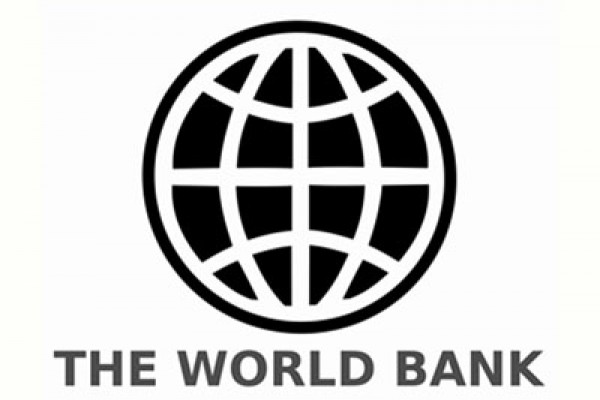05 Oct 2016

"A global financial tightening, a further slowdown in global growth or an earlier deceleration in China would test the resilience of East Asia," said the World Bank's Chief Economist for the East Asia and Pacific Region, Sudhir Shetty, during a teleconference with journalists in Jakarta on Wednesday.
The World Bank's latest East Asia and Pacific Economic Update projects that China will continue to transition to slower but still solid growth rates of 6.7 percent in 2015, 6.5 percent in 2017, and 6.3 percent in 2018.
Growth in the rest of the region is projected to hold steady at 4.8 percent this year, increasing to 5.0 percent in 2017, and 5.1 percent in 2018.
Overall, developing East Asia is expected to grow by 5.8 percent in 2016 and 5.7 percent in 2017-18.
In China, growth will moderate as the economy continues to shift toward consumption, services and higher value-added activities, with a reduction of industrial overcapacity.
However, a tightening labor market will continue to support wage growth and household consumption.
Among developing economies, prospects are particularly strong for the Philippines, where growth is expected to accelerate to 6.4 percent in 2016, and Viet Nam, where growth this year was held back by severe drought but is expected to rebound to 6.3 percent in 2017.
"In Indonesia, growth is projected to rise steadily from 4.8 percent in 2015 to 5.5 percent in 2018, conditional on increased public investment, continued improvement in the investment climate, and revenue mobilization," said Shetty.
Growth in Malaysia, on the other hand, is forecast to slow sharply to 4.2 percent in 2016 from 5.0 percent in 2015, due to weaker global demand for oil and gas exports.
Meanwhile, growth prospects have deteriorated for several commodity exporters. Mongolia's economy is projected to grow by just 0.1 percent in 2016, down from 2.3 percent in 2015, due to weak mineral exports and debt overhang.
Papua New Guinea's economy is forecast to grow 2.4 percent in 2016, down from 6.8 percent in 2015, reflecting lower prices and output for copper and gas.
Policy Recommendations
To foster inclusive growth in East Asia and the Pacific, the World Bank recommends a range of policy measures.
First, China should build on its past success in reducing poverty by improving access to public services for rural residents and the growing numbers of migrants moving to urban areas.
Second, other countries need to address infrastructure gaps by rebalancing public spending, enhancing public-private partnerships, and improving the efficiency of public investment management.
Third, the World Bank recommends expanding early childhood development programs and micronutrient interventions to address widespread malnutrition. High rates of child stunting in many countries, even middle-income ones like Indonesia and the Philippines, lead to irreversible health deficits.
Finally, East Asia and Pacific countries should harness the potential of technology to transform financial services and increase financial inclusion.
"The region is quite advanced technologically, with high mobile penetration, but lags in access to financial services," said Shetty.
Editor: Suryanto
http://www.antaranews.com/berita/588527/bank-dunia-nilai-pertumbuhan-ekonomi-asia-pasifik-stabil
© Inacom. All Rights Reserved.